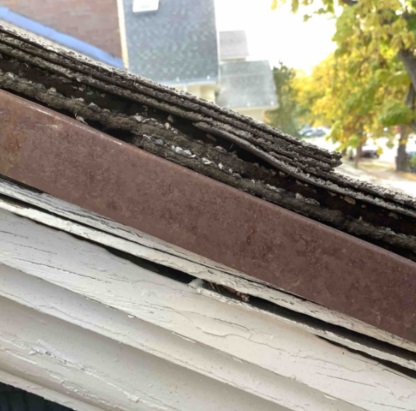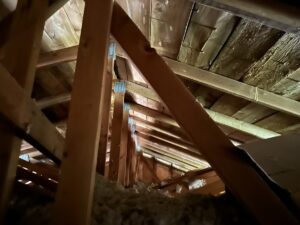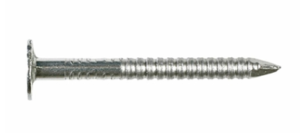Many people ask “Should I overlay shingles or do a full tear off and replacement”? Most roofing professionals strongly advise against overlaying one layer of roof shingles and recommend a full tear-off instead, as overlaying can significantly shorten the lifespan of your roof, potentially impacting your shingle warranty and causing issues with detecting leaks or underlying roof deck damage; a complete tear-off allows for thorough inspection and repair of the roof deck, leading to a more durable and long-lasting roof.
-
Shorter lifespan:
An overlay roof generally has a shorter lifespan compared to a full tear-off due to trapped heat and potential issues between the layers of shingles.
-
Limited inspection:
When overlaying, you cannot properly inspect the roof deck for rot or damage, which could lead to problems later on.
-
Warranty concerns:
Many shingle manufacturers may void the warranty if you overlay a new layer of shingles on top of existing ones.
-
Increased repair difficulty:
Identifying and fixing leaks can be more challenging with multiple layers of shingles.
When might an overlay be considered?
-
Cost-effective option:
If budget is a major concern, an overlay might be a temporary solution, but be aware of the potential downsides.
-
Good roof condition:
If your existing roof is in excellent condition with no signs of damage or leaks, an overlay could be considered, but a thorough inspection is crucial.
Most building jurisdictions only allow a maximum of two layers of asphalt shingles. And it is outlined in Section R905 in the IRC. Regardless, we generally recommend a full tear off and replacement for re-roofing. However, one should always consult a qualified roofing contractor to assess your specific situation and determine the best course of action for your roof replacement.











